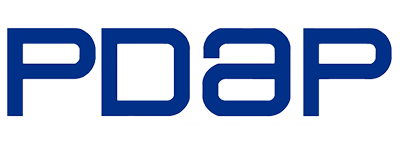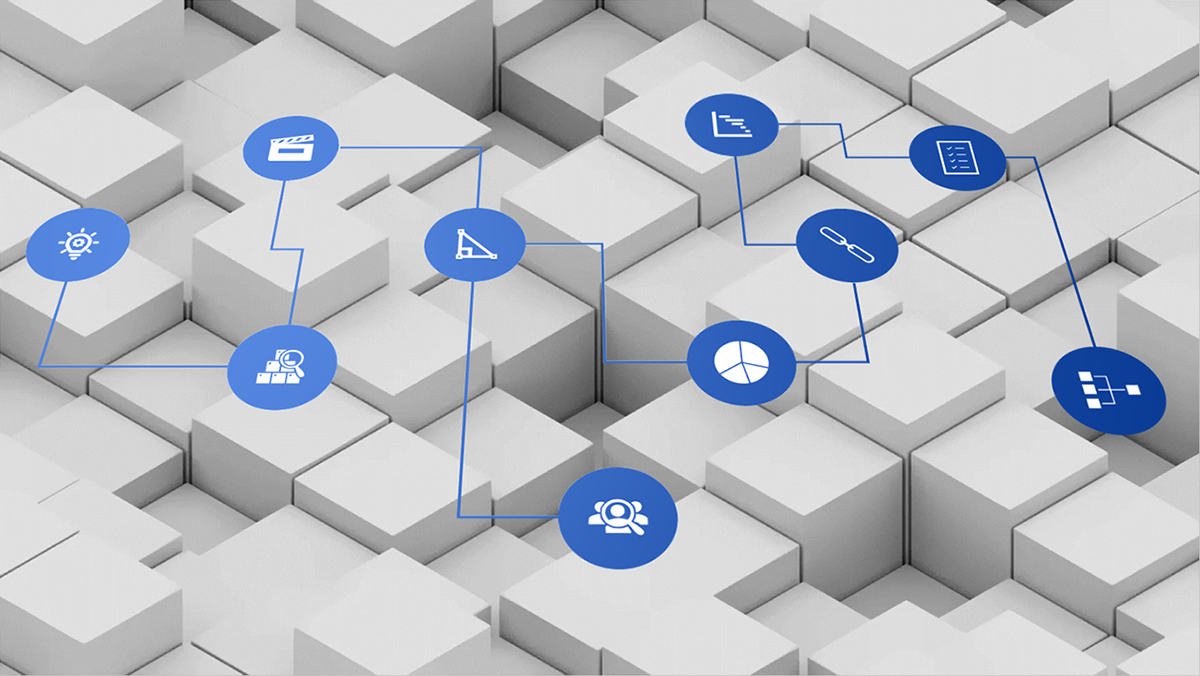IT integration in heterogeneous network environments
The ERP system forms the star point in the considerations for effective data management. However, production plants and connected third-party systems as well as their process-accompanying tools and databases of the planning systems are still primarily designed for their respective use cases. They primarily form expert systems that are not prepared to function optimally as a link in a chain within a communication process.
This is where the PDAP digitization strategy comes into play. PDAP offers you a powerful, central database server concept that can also cope with the requirements of Big Data. To this end, we offer a browser-based enterprise reporting platform with the coupling option of interactive BI analyses.
PDAP relies heavily on the technology stack of Microsoft SQL Server as well as on needs-based extensions with web service technologies and the Microsoft Power BI platform for interactive analyses. If required, with worldwide access options on all common and mobile platforms.
Different formats form a unified overall picture.
The PDAP interfaces combine both text-based protocol formats in the classic file-based context and state of the art service infrastructures into a holistic approach. Based on this, cross-system reporting enables analysis possibilities that are far beyond the capabilities of the individual systems themselves.
Example: A monthly automated defect cost review combines the production information from the ERP with unit numbers and expenditures, with the root cause analyses from the internal and external complaint processes in the CAQ system. From this, a holistic report is formed.
Digital analytics with PDAP solutions
Data management: Digital aSo shop-floor data can be linked via PDC-MDE and capacity planning to optimize, for example, parts list explosion and order planning.
Extract / Transform / Load – ETL
All data streams operate on the basis of input-output pipelines, which are built in conjunction with transformation processes based on the ETL principle.
The star point of the data is the central server with uniform rights and access management.
Important advantages
- Interfaces for heterogeneous systems
- Connection of databases, log files and services
- Central server for database and analysis
- Real-time coupling through event triggers
- Connection between ERP, CAQ and Shop Floor
- Browser-based enterprise reporting platform
- PDAP-BI Coupling with Power BI and Excel
- Service for data, alarms and notifications


